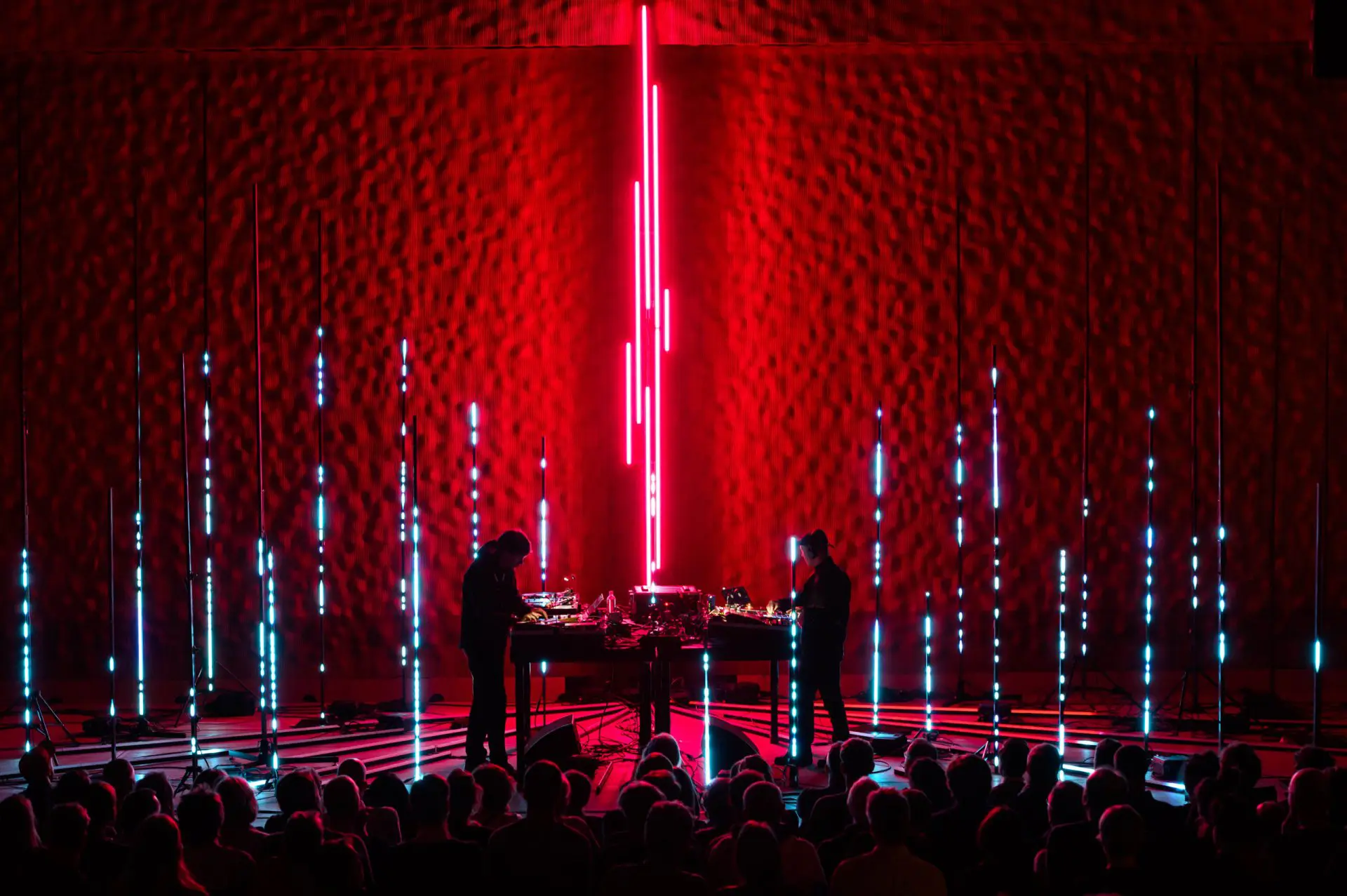Nurturing joy and safety: the thoughtful design of a drone for kids
Designed by Liam de la Bedoyere, the design of Tamadoro is crafted to encapsulate the fundamental values of delight, security, and ease crucial for the well-being of children

Amidst the realm of innovation and creativity, Tamadoro emerges as a remarkable creation designed with young adventurers in mind. Designed by Liam de la Bodeyere (aka Bored Eye), this imaginative concept was born with meticulous attention to details and an unwavering focus on its target audience.
Designing drones for adults and drones for kids requires a distinct and tailored approach to accommodate the unique needs. Young users require intuitive controls, durable materials, and a design that fosters an enjoyable learning experience. The aesthetic and interactive elements play a pivotal role, encouraging imaginative play and sparking curiosity.

Liam de la Bodeyere‘s project caught my attention precisely because it appears to meet all these needs, and I decided to ask him a few questions to discover how the Tamadoro drone for kids’ concept was conceived and designed.
How did the idea that led to the creation of Tamadoro come about?
Liam de la Bedoyere:
“I developed Tamadoro specifically for LeManoosh’s “Design a Drone for Kids” competition. The Tamagotich drone concept dawned on me during a family BBQ gathering, where I seized the opportunity to conduct rapid user research among friends and family. By carefully listening to feedback from parents and their little ones, I identified key aspects to prioritise within my design: safety, versatility, convenience, and “Cuteness”.”
I set out to design a drone that captivates children and grants them a safe experience. I drew inspiration from my own nostalgic encounters with Tamagotchis. Introducing the detachable character named Tama (like Tamagotchi’s Tama, Japanese for egg) encourages kids to interact and play even after piloting the drone.”

How does it work? Which aspects have been taken into consideration in its design?
Liam de la Bedoyere:
“Similar to a pet, the design of Tama motivates children to nurture their curiosity, explore, learn, and help with empathy development.
On the digital face panel, the character displays various expressions that convey its needs, such as hunger, sleep, playtime, or the desire to fly. While the controller is still in development for drone control, it will also be used for nurturing and feeding the Tama when disconnected from the drone.
Guards encase the blades of the drone, and its elongated legs conveniently serve as handles for a secure grip, ensuring utmost safety for young pilots.”

In terms of addressing the Color, Material, and Finish (CMF) facet, what strategy did you employ?
Liam de la Bedoyere:
“When designing the Tamadoro, I aimed for sustainability and cost-effectiveness by using identical parts such as legs and guards. The design was meant to be simple and child-friendly, making fixing or replacing parts easy. I also included Allen Key bolts for disassembly, which children can do themselves, and this promotes sustainability by allowing broken parts to be replaced.
I use mood boards for my projects. The Tamadoro project mood board was filled with Tamagotchis, children’s alarm clocks, Yoto audio players and many robot illustrations to help inspire the neutral white and Aquamarine colour scheme and Tama facial expressions I used for the final design.”

What could be the potential developments of such a concept, considering the end user for whom it was designed?
Liam de la Bedoyere:
“As the creative process unfolded, my mind overflowed with exciting ideas to augment the play experience and ignite children’s imagination. I envision future possibilities for Tama, allowing it to embark on thrilling adventures within other playthings like cars and boats, thus amplifying the overall joy and entertainment.
When the time comes for a break from airborne exploration, recharging the drone becomes a breeze with a wireless charger, perfect and safe for kids, assuring seamless transitions and endless excitement.”

Have you already developed and tested prototypes? If so, what were the results? If not, who could be a viable partner for its commercialisation?
Liam de la Bedoyere:
“Sadly, Tamadoro is just a concept since it was an entry for a LeManoosh competition with a 3-week submission deadline. However, if I were to pursue it further, Tamagotchi would be the perfect partner for commercialisation. Tamadoro is already practically a part of the family.”











